Early that summer, Ivy Vaughan asked one of his classmates at Liverpool Institute, a lanky, humorous boy named Len Garry, to come and meet John and the Woolton gang. Len agreed but did not rush to take up the invitation: he had several more-pressing social commitments, among them cinema-going with another Institute classmate, Paul McCartney.
Finally Len made the trip from his Wavertree home on the bicycle he’d been given for passing his Eleven Plus. He met Ivy walking along Vale Road toward Menlove Avenue in a little group that also included John. He recalls: ‘John had a piece of paper in his hand that he was showing to the others. When Ivan introduced us, he didn’t say much, just gave me a look. I got the feeling I was being weighed up.’
The newcomer quickly proved himself made of the right stuff. He was an aficionado of William books and the Goons, he knew the words to Johnnie Ray and Frankie Laine songs and, as a bonus, could reproduce the hideously drawn-out jungle cry of Tarzan the Ape Man as portrayed in films by Johnny Weissmuller. It wasn’t long before John felt sufficiently at ease with Len to show him the piece of paper that the others had been passing around and chortling over. This was not just a drawing but a miniature newspaper singlehandedly written and illustrated by John. Entitled ‘The Daily Howl’, it consisted of gossip-style paragraphs, single cartoons and comic strips, hand-lettered, ruled and coloured with all their creator’s usual extra-curricular care. There were running jokes about celebrities like Fred Emney, Stanley Unwin and the bald TV magician David Nixon; about John’s own middle name of Winston; and, inevitably, about black people and ‘cripples’, some phrases being phoneticised (‘Thik ik unk’, for instance, meaning ‘This is a’) to signify a speech impediment. Despite all the work that went into each edition, their author kept ‘Daily Howls’ coming at the rate of several per week.
Len Garry joined the group of bike riders that John led like a squadron of cavalry around the quiet Woolton lanes, looking for girls to chat up. Almost invariably, this feminine quarry would also be out with bikes and also dressed in school uniforms but, by the game’s unwritten rules, walking and pushing rather than riding. Between cavalry and giggling infantry, sooner or later, the right signal would be sent and answered, and the varicoloured school blazers and bikes would come together.
John was not good-looking in any conventional sense, with his slanted eyes and plunging beak of a nose. Yet he invariably proved the most successful, both in the chatting-up ritual and the encounters that followed. When the riders compared notes later, it would be John who described feeling right inside a heavily engineered brassiere, or sniffed ostentatiously at the lingering aroma of what Liverpudlians call finger pie. Part of every almost adolescent boy’s experience is to see small girls he has hitherto ignored or taken for granted suddenly grow into desirable young women. For John this happened spectacularly with Barbara Baker, whom he had known since they were toddlers together, seated on the floor at Mrs Clark’s Sunday school. For years, he had regarded Barbara with the contempt that William Brown always showed to little girls, but at the age of 15, she’d suddenly metamorphosed into a curvaceous strawberry blonde who deliberately modelled her hair and clothes on cinema sex sirens—and even had the mystic initials BB. In Reynolds Park one day, she and a girlfriend found themselves being followed in a meaning way by John and Len Garry. On this occasion, it was Len who first made the running. ‘Len asked me to join him on a walk a few nights later, and I said “Yes,”‘ she remembers. ‘But I could see John watching me.’
She soon dropped Len and became John’s first ‘steady’ girlfriend, as the sedate fifties phrase had it. In many ways, theirs was a relationship straight out of Enid Blyton: they would go for bike rides together or ice-skating at the Silver Blades rink in central Liverpool. Barbara got to know John’s mother and Aunt Mimi, and was often taken home to tea at Mendips, joining Michael Fishwick, and any aunts and cousins who were visiting, around the lavishly spread gateleg table. She remembers John as a romantic, naturally chivalrous boy, who bombarded her with love notes and drawings, was definitely not a Teddy Boy, and, thanks to Mimi’s hard verbal schooling, still did not speak with a Scouse accent.
As a rule, the courtship rituals went on without adult interference. A line was crossed one day, however, when a group including John, Barbara and David Ashton went for a petting session into the field owned by St Peter’s Church—i.e., virtually hallowed ground. Because John and Ashton were still members of the 3rd Allerton Scout Troop, both were summoned to explain their sacrilege before an official Scouts board of inquiry. ‘My Dad had been a scoutmaster, so the court was held at my house,’ Ashton remembers. ‘As I was coming home beforehand, I met John. “Don’t you fuckin’ tell what you know,” he said, and then hit me over the eye. I had a black eye for days afterwards.’
Len Garry shared John’s fondness for music—the ‘pop’ aimed squarely at their parents’ generation—but for neither was it anything resembling a passion. As they cycled around, they would sing out loud, trying to outdo each other in the number of current hit songs they knew and in their skill as impersonators. ‘I was always better at ballads,’ Len says. ‘But John was better at the uptempo stuff. A song he particularly liked was Mitchell Torok’s “Caribbean.” I remember how, even when he was riding against the wind, standing up on his pedals, he always got the timing just right.’
They had little initial interest, therefore, in the Bill Haley phenomenon, which reached the first of several climaxes during that summer. Michigan-born Haley had been an obscure country-and-western singer until 1951, when he recorded a song called ‘Rock the Joint’, exchanging his usual cowboy yodel for the style and intonation of black rhythm and blues. America’s racial situation being what it was, the disc could be marketed only if no biographical details about Haley were given. His country music public would have been appalled by the idea of a white man singing a ‘negro tune’, while no black listener would have taken the performance seriously.
Three years later, by now fronting a group named the Comets, Haley recorded ‘Rock Around the Clock’, an exuberant piece of horological nonsense that was already a year old, with one unsuccessful version by black vocalist Sunny Dae on the market. Haley’s reinter-pretation caused equally little stir until added to the soundtrack of The Blackboard Jungle , a film on the timely subject of delinquency in a New York high school. This change in context produced a devastating effect throughout America; wherever Haley’s voice rang out with ‘One, two, three o’clock, four o’clock RAHK…’ the gritty drama on the screen was totally eclipsed by mayhem among the audience. Boys and girls alike went literally berserk, shrieking like banshees, tearing at the fabric of their seats, lurching out to dance in the aisles or engage in mass brawls that required dozens of police to contain them.
The separate terms rock and roll had always existed in black music as synonyms for rhythm-enhanced sex. Who exactly first joined them together to define the keening saxophone and hand-thwacked double-bass beat of Haley and his Comets can never be known for certain. The most likely contender was a Cleveland disc jockey named Alan Freed, who billed his show on station WJW as The Moondog Rock ‘n’ Roll Party .
Britain’s press, to begin with, treated rock ‘n’ roll as merely another bizarre American novelty, like pie-eating contests, pole-squatting or wedding ceremonies at the bottom of swimming pools. The mood changed as it became clear that Teddy Boys—and their scarcely less bizarre and repugnant Teddy Girls—were Haley’s most fanatical converts, and seemingly intent on destroying just as many cinemas as had their American cousins. Screenings of The Blackboard Jungle were cancelled wholesale, ‘Rock Around the Clock’ was banished both from radio and television, and dance halls banned the jitterbuggy dance that went with it. The result was as might have been expected: Haley’s record shot to number one in the Top 20 in May 1955, remaining on the chart for 22 weeks. The following October, it made number one again, and stayed on the chart a further 17 weeks.
Читать дальше
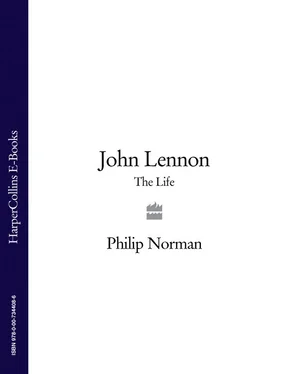
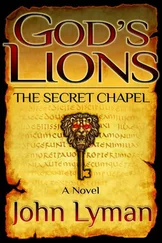
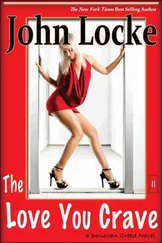
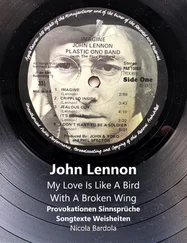
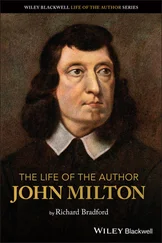
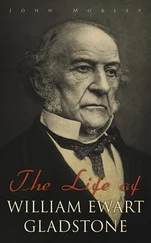

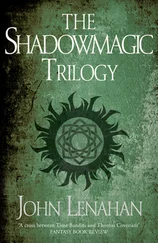
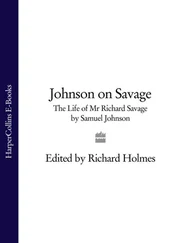
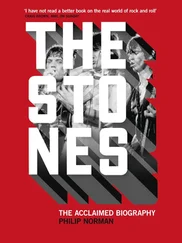


![John Bruce - The Lettsomian Lectures on Diseases and Disorders of the Heart and Arteries in Middle and Advanced Life [1900-1901]](/books/749387/john-bruce-the-lettsomian-lectures-on-diseases-and-disorders-of-the-heart-and-arteries-in-middle-and-advanced-life-1900-1901-thumb.webp)